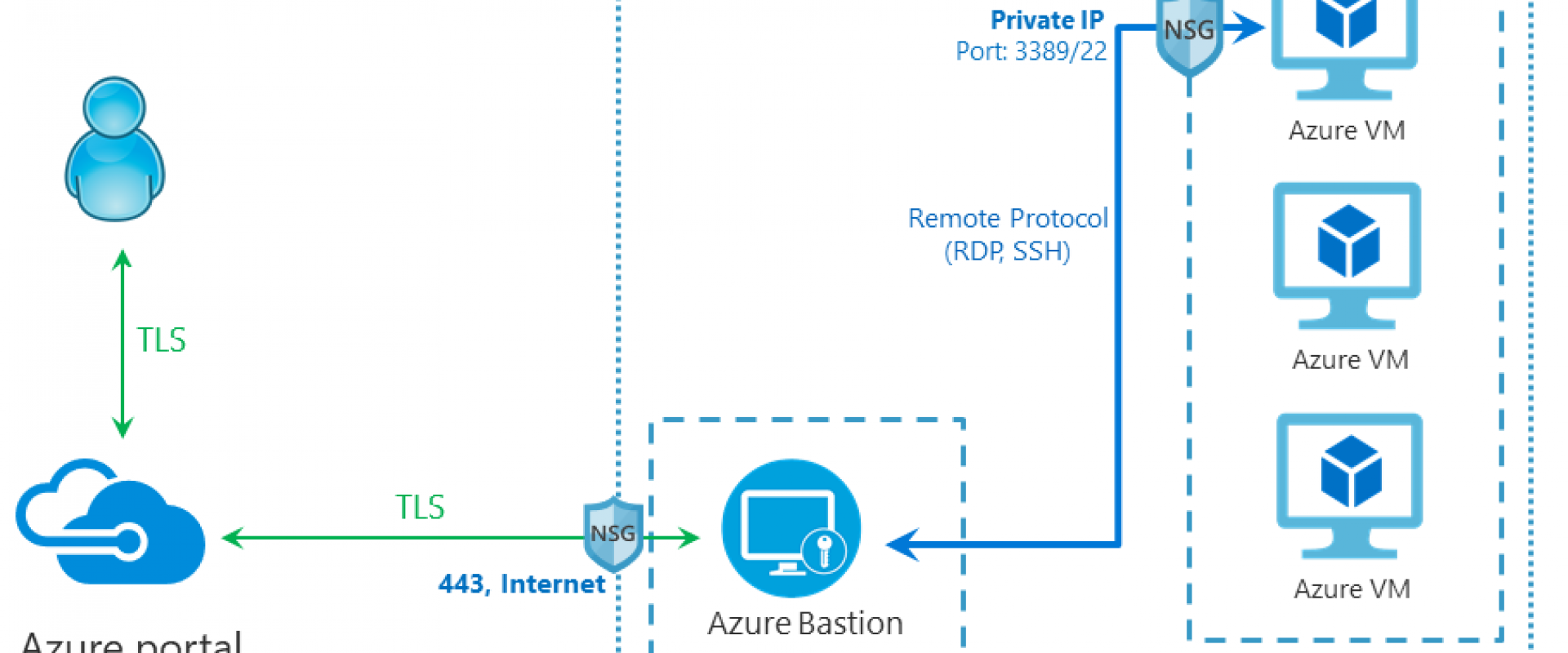Azure PAM: How to Manage Access With Azure Bastion and Azure PIM

Privileged access management (PAM) safeguards organizations against cyber threats by monitoring and preventing unauthorized privileged access to critical resources.
detecting, and preventing unwanted privileged access to important resources. Every cloud provider offers solutions for this, and Azure is no exception. But how do you make Azure PAM work for a cloud application?
What Is Azure Privileged Access Management (PAM) All About?
Privileged access = access with increased administrative permissions. For example, using the SSH or RDP protocol to virtual machines running an application is considered “privileged,” especially if you get root or “administrator” access.
Another area of privileged access centers around the creation, deletion, and updating of cloud resources in Azure. These types of actions require elevated permissions for Azure users specifically.
In what follows, I focus on two specific Azure privileged access management solutions: Bastions and PIM.
Azure Bastion for Host Access
Azure Bastion PaaS service comes in handy for configuring Azure VM host access, which is key in building Azure PAM. It allows you to connect to a VM using a browser and the Azure portal. You can also connect using the native SSH or RDP client already installed on a local computer. VMs don’t require public IPs; special agents aren’t required either.
The following diagram depicts the network topology required for Bastion access:
Source: Azure
Since VMs aren’t accessible over the internet, they’re not susceptible to port scanning and potential zero-day attacks against internet-exposed ports and protocols.
Azure Bastion is a hardened “jump box,” and Microsoft is responsible for patching, zero-day vulnerabilities, and network attacks.
Types of Azure Bastion
Azure Bastion comes in two flavors: Basic and Standard (SKUs). The differences between these offerings are as follows:
Session Management
Azure Bastion can monitor distant sessions and perform swift management actions. Session monitoring allows you to see which users are connected to which virtual machines. It displays the IP address from which the user connected, how long they were connected, and when they connected.
The session management experience lets you select an ongoing session and force-disconnect or delete a session to disconnect the user from the ongoing session.
Opening Management Ports – Just in Time
Adjacent to privileged access, you can reduce the administrative attack surface by enabling VM management port access in real time, through an access request workflow.
Azure Defender for Cloud provides this capability through the “secure management port” control feature.
You can time-bind access to management ports and revoke it after a specified TTL. Furthermore, you can enforce a policy that only Azure Bastion hosts have access to management ports (as specified by security groups).
Azure Active Directory and Privileged Identity Management (PIM)
Privileged Identity Management (PIM) is a service in Azure Active Directory (Azure AD) that allows you to manage, control, and monitor access to critical organizational resources. This includes Azure AD, Azure, and other Microsoft Online Services like Microsoft 365.
PIM can help you achieve the following policy-driven objectives:
- Allow only-when-needed privileged access to Azure AD and Azure resources.
- Use start and end dates to assign time-bound access to resources.
- To activate privileged positions, you must first obtain authorization.
- To activate any position, require multi-factor authentication.
- To understand why people activate, utilize reasoning.
- Receive alerts when privileged roles are activated.
- Conduct access audits to ensure that users still require roles.
- Save audit history for internal or external auditing purposes.
- Prevents the last active Global Administrator and Privileged Role Administrator role assignments from being removed.
PIM helps teams reach the goal of removing all console access from administrative users in their landing zone. They can then activate specific roles and permissions through the PIM-provided approval workflow. Access will be time bound and auditable.
Azure DevOps and PIM
Azure DevOps has been integrated with PIM since 2019. Azure AD has an Azure DevOps administrator role that you can use in conjunction with PIM to elevate permissions.
Azure DevOps is a separate product, so there is a small caveat that users must log off and log back in to activate elevated privileges. At least one user has shared their experience with AD Groups and PIM, this seems to work well.
There’s More to Discover About Azure PAM
In this article, I just scratched the surface of all the available Azure services for building privileged access management capabilities into a cloud application running in Azure.
We Provide consulting, implementation, and management services on DevOps, DevSecOps, DataOps, Cloud, Automated Ops, Microservices, Infrastructure, and Security
Services offered by us: https://www.zippyops.com/services
Our Products: https://www.zippyops.com/products
Our Solutions: https://www.zippyops.com/solutions
For Demo, videos check out YouTube Playlist: https://www.youtube.com/watch?v=4FYvPooN_Tg&list=PLCJ3JpanNyCfXlHahZhYgJH9-rV6ouPro
If this seems interesting, please email us at [email protected] for a call.
Relevant Blogs:
The Future of Cloud Security: Trends and Predictions
Strengthening Your Web App Security: Preventing SQL Injections
Recent Comments
No comments
Leave a Comment
We will be happy to hear what you think about this post